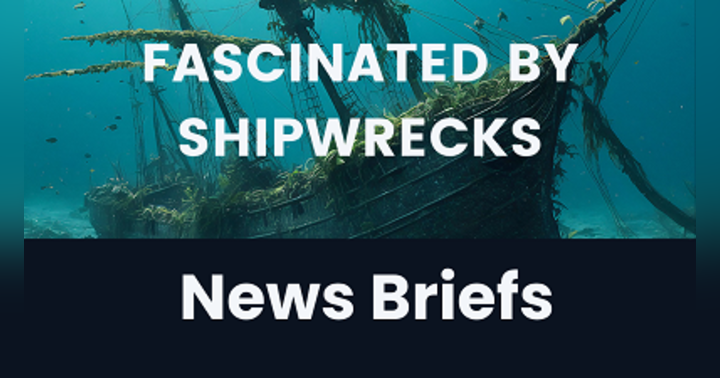The First 'Queen of the Lakes'

The very first song I ever played on the guitar was a Gordon Lightfoot song, In the Early Morning Rain. My brother had Lightfoot songbooks and, along with classical and musical theatre recordings, we often listened to his music. It was through these tuneful explorations that I discovered the soulful ballad, The Wreck of the Edmund Fitzgerald.
For many years, I’ve been struck by the lyrics of the song and the evocative melody Lightfoot composed, which has a sense of mystery about it that seems very much in keeping with the tale he tells.
The SS Edmund Fitzgerald was a workhorse freighter that carried taconite in her hold, shipping iron ore pellets from source Minnesota mines to various iron works in several Great Lake ports. Built in the late 50s from the Great Lakes Engineering Works (GLEW), she was powered by a steam turbine that relied on coal to operate, until a refit in the 70s switched her to oil.
Weighing in at 26,000 tons when full to capacity, the ship had a 729-foot hull. The goal in its design was to ensure the freighter would be as large as possible, yet still fit into the St. Lawrence Seaway, which was completed in 1959.
She was quite a spectacle to see. One of her captains, Peter Pulcer, famously played music over her loudspeakers when traveling between Lake Eerie and Lake Huron. When passing through the Soo Locks (located between Lake Huron and Lake Superior), he would regale sightseers with details of the ship and her story. Between this, her immense size, and her amazing haul record, she became known as the first “Queen of the Lakes”.
Tragedy struck the great ship on November 10, 1975, when she was enroute from Superior, Wisconsin to Detroit. With a fellow freighter, the SS Arthur M. Anderson, she was caught in a powerful gale that featured hurricane-force winds and soul-stopping swells as much as 35 feet high. Captain Earnest M. McSorley reported both radars were down and the ship was listing badly while taking breaking waves over the deck: “One of the worst seas I’ve ever been in,” he reported. Yet he was confident they would hang on until the storm subsided.
The freighter sank suddenly just after 7:00 pm that night, with no distress calls being made. Although much research has been done, the cause of her demise has never been fully established. Twenty-nine souls were lost. Later, because of the loss of the SS Edmund Fitzgerald, shipping regulations were upgraded and practices such as ship inspections were scheduled more frequently.
Lightfoot read about the disaster in a Newsweek story printed in the November 24, 1975 issue, entitled, The Cruelest Month. He himself was a passionate recreational sailor who often sailed the Great Lakes. His knowledge of the water and his love of sailing connected him emotionally to the tragic event. He researched the sinking and developed his lyrics with these feelings in mind.
The song was recorded at Eastern Sound in late 1975. The music, which I’ve always found haunting, includes guitar and steel riffs composed by Pee Wee Charles and Terry Clements that ring out like the lonely sound of a ship’s bell in the darkness of the night.
The Wreck of the Edmund Fitzgerald hit number one on the Canadian RPM National Singles Survey on November 20, 1976, almost exactly a year after the great ship disappeared beneath the waves. Lightfoot used proceeds from his Summertime Dream album —which included his tribute to the freighter—to establish a scholarship fund at the Northwestern Michigan College for maritime students.
The ship’s bell was recovered in 1995. It has since been restored and is now on display at the Great Lakes Shipwreck Museum, where, every November the 10th, a bell ringing ceremony is held in memory of the ship’s crew.
In the years since the sinking, Lightfoot met some of the loved ones of those lost, and attended several memorial services with them. He knew that, while the song itself was popular, it was about a real, heartbreaking tragedy at sea.
© 2024 Victoria Denyx
Note: This article may be reprinted in its entirety as long as its author and source are cited.
Photo credit: By Greenmars, CC BY-SA 3.0
References
The Wreck of the Edmund Fitzgerald
Gordon Lightfoot on the Edmund Fitzgerald wreck: ‘I didn’t want it to be forgotten’





